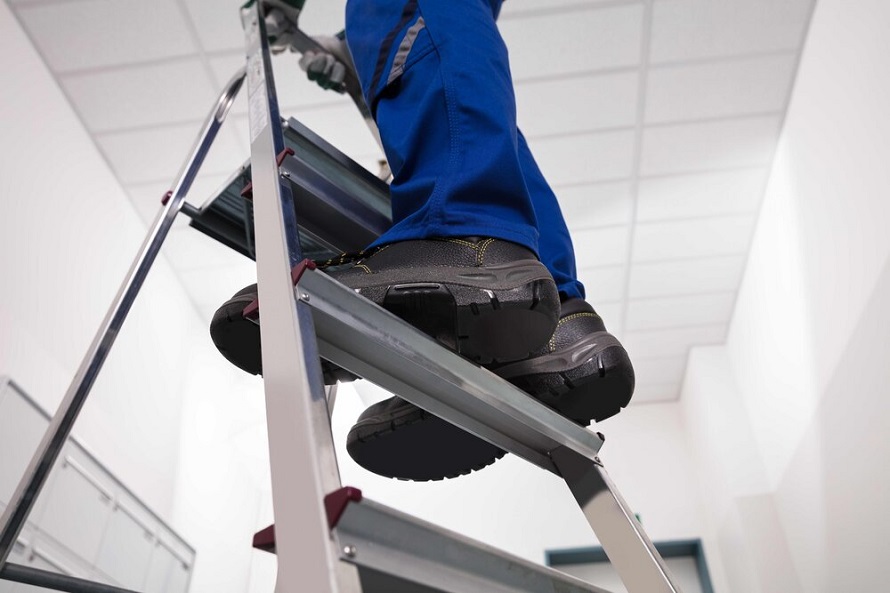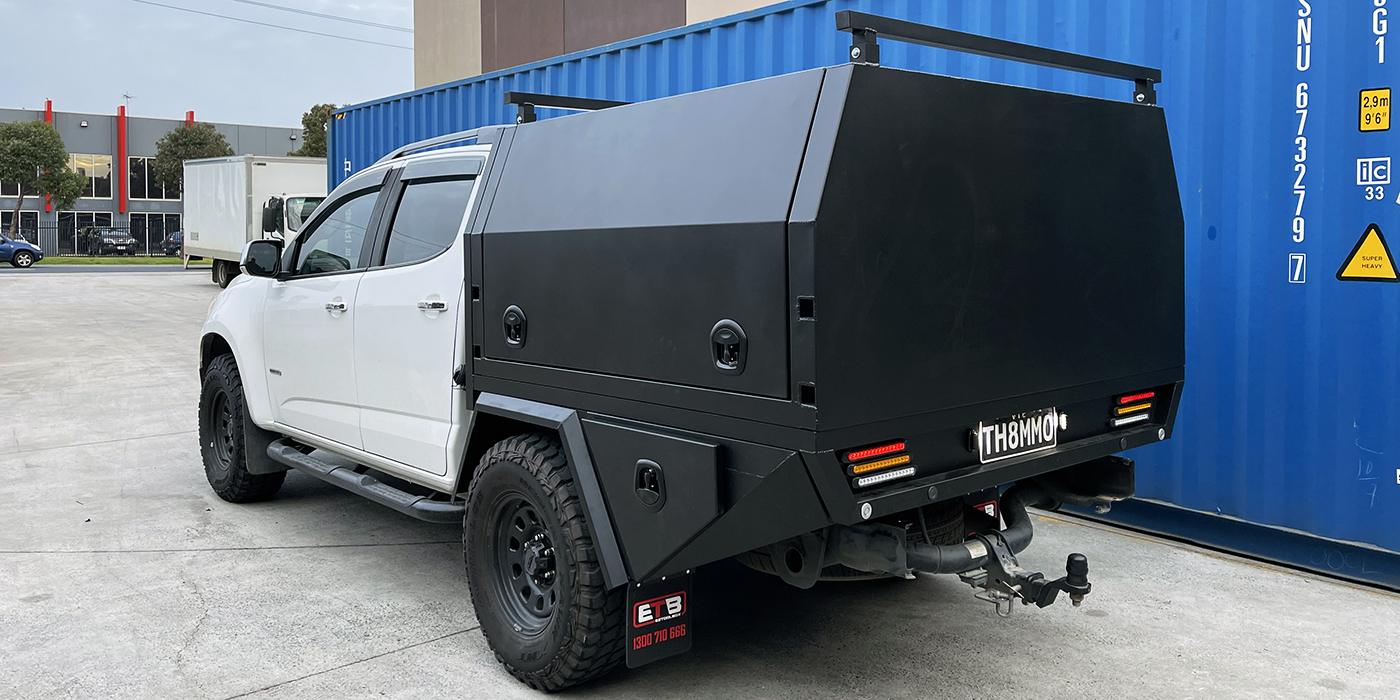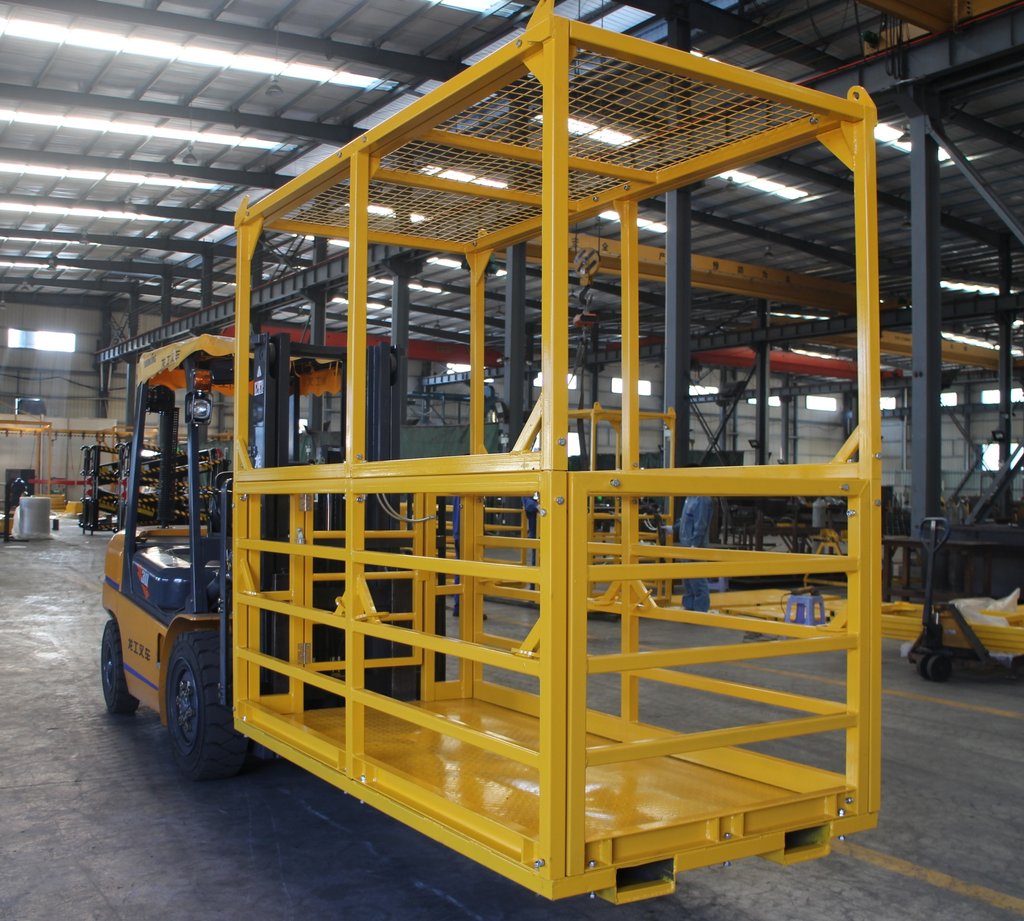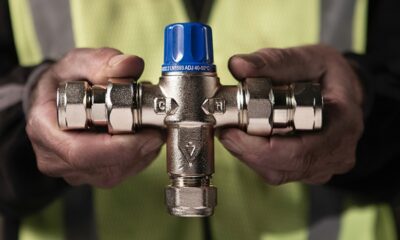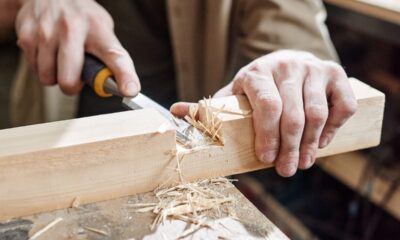Industry
Zooming in on Step Ladders: Safe and Proper Use
The earliest signs of the existence of ladders are about 10,000 years old – some form of drawings found in a cave in Spain. These type of ladders were made from ropes, similar to the ones thrown out of helicopters. Fixed ladders came around a bit later but they became the most commonly used design. This is thanks to the invention of the stepladder back in 1862 which paved the way for modern fixed ladders. Although not all fixed ladders today are based on the design of the stepladder, still a good majority of them follow the safety principles that were first used on stepladders. A stepladder is a versatile piece of equipment that has a self-supporting and foldable design. Safety is at the core of this type of ladders.
Step Ladder Buying Guide
Size
An adequately sized step ladder will affect your workflow in a positive manner allowing you to work safely and with ease. Your ladder should be tall enough so can help you reach the highest point in your household without destabilising your stance when doing so. A step stool ladder should allow you to reach 120 cm beyond its length.
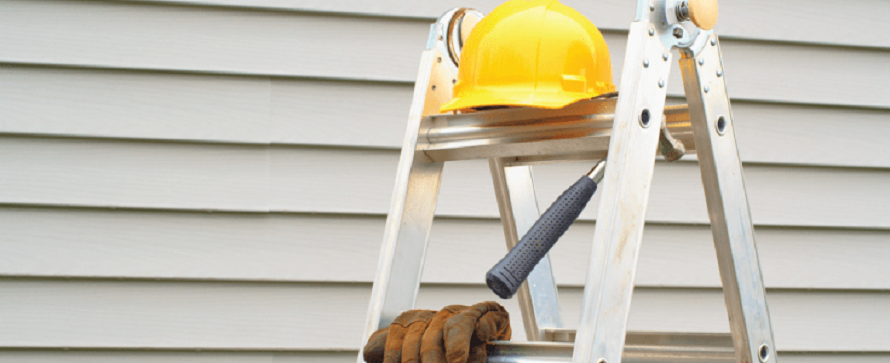
source: brownssafetyservices.co.uk
Capacity Rating
Like every load bearing equipment, step ladders too have a load capacity rating. These ratings tell you what is the maximum amount of weight the ladder can support safely. There are four types of capacity ratings, type IAA, type IA, type I, type II. Ladders with type II load capacity rating can withstand 100 kg of weight whilst type I can withstand 113 kg. Type IA ladders are capable of supporting up to around 130 kg of weight with type IAA are meant to support 170 kg. To determine which type of capacity rating you need factor in not only your weight but the weight of your tools too. If you want to buy step ladder with a weight capacity lower than 100 kg, you can go with a type III ladder which has a capacity rating of 90 kg.
Materials
There are mainly four materials you can go with when it comes to the overall construction of the ladder – steel, aluminium, wood and fibreglass. Steel ladders are great for indoor use since they are prone to corrosion but they are still sturdy and strong. It’s not that aluminium ladders aren’t susceptible to corrosion, it’s just that steel requires a lot more maintenance to keep it rust free.
Aluminium ladders are not only lighter than steel ladders but they are also more affordable whilst being durable too. Although aluminium ladders aren’t as strong, they are quite the versatile solution. If you want ladders that don’t conduct electricity or heat go for fibreglass. This type of material is also extremely tough and sturdy so it can support a lot of weight, which means that fibreglass ladders are heavy and pricier too. Wooden ladders although not as popular are still a solid and sturdy piece of equipment. Wood ladders are best used indoors and usually have the lowest weight capacity rating.
How to Use a Step Ladder Safely
Inspect
Checking whether every component is working properly before every use is paramount when using step ladders. Check the bolts and make sure to keep hinges and rods tightened too. Get rid of water, oil and other substances that can not only cause damage to the ladder overtime, or potentially serious injuries. Any cracks, dents, chips, missing parts and splits are clear signs that you should replace your ladder.
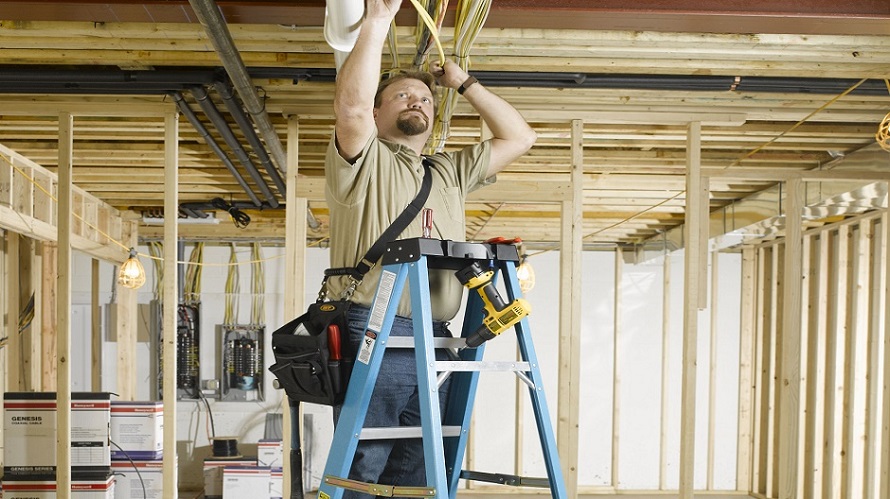
source: homedepot.com
Position & Movement
Setting up your ladder properly requires you to have it on a flat, level surface with its spreaders locked and the ladder placed in a fully opened A-shaped position. Avoid setting it up horizontally unless the design of the stepladder allows you to do so safely – multi use ladders.
How you go up and down the ladder is also important for your safety. Maintain a three-point contact both when climbing up and down the ladder. Both your feet and one or both of your hands should be on the ladder. Whenever you’re working whilst on a ladder make sure to maintain a low centre of gravity by standing between the side rails and avoid overextending on either side.
Height
There will usually be a sticker that says how high you can go. This usually comes in the form of ‘do not stand on or above this step’. Avoid climbing a ladder all the way to the top and make sure you always have some steps in front of you when standing on it. This will help keep you safe from falling forward over the ladder.


